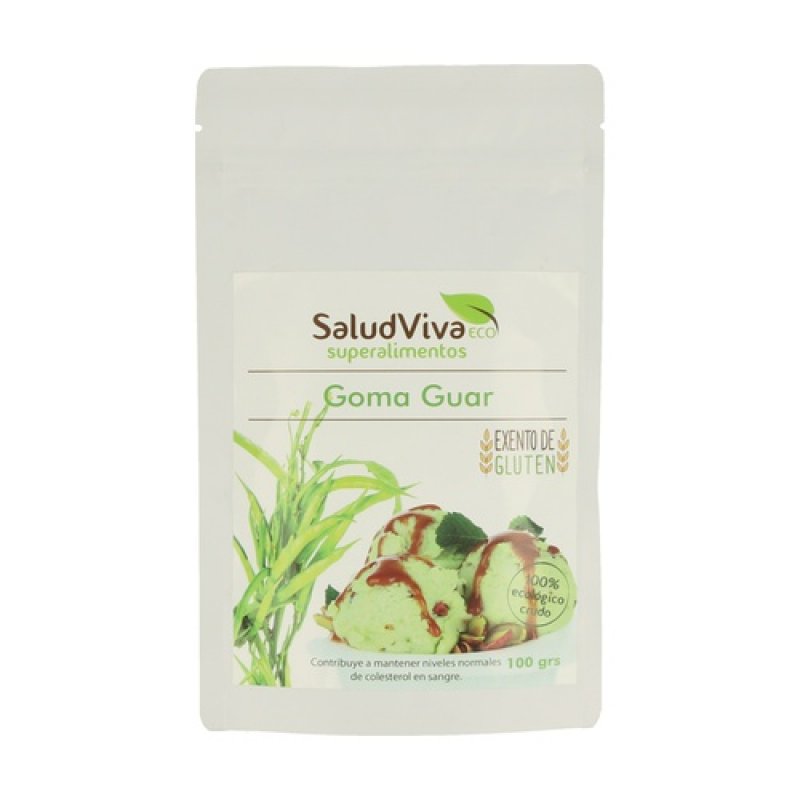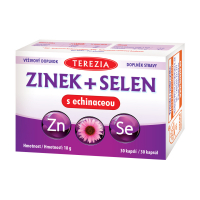Goma Guar - Guar Gum 100 gr. Salud Viva
- Price: 5,90 € incl. VAT plus Delivery Product number.: 222038 Delivery 2-3 days
-
Goma Guar - Guar Gum 100 gr. Salud VivaDid you know what to do with guar gum?The white powder is a vegetable binder that can be used hot or cold.How is it used correctly?Guar gum is very economical and has a very high binding power. So you have to be very careful with the dosage. Depending on the desired firmness, one to two teaspoons are sufficient for one liter of liquid. The powder is added to the liquid to be bound and then mixed with the blender. The powder is poorly soluble and is best distributed by mixing in the liquid. It sets after a few minutes and then retains its structure both when it is cold and when it is warm. By repeatedly mixing after it has set, you can incorporate some air into the mass.What properties does guar gum have?With the guar gum you can, for example, bind jams, jellies, soups, sauces, salad dressings and drinks. It is also very good as an emulsifier for ice cream, as it gives it a creamy structure and is also vegan. It is absolutely tasteless, colorless and transparent. It does not alter the taste of the food and the mouthfeel is jelly-like and creamy.What do you have to consider when using it?Guar gum is gluten-free, should be used with caution if you have an intolerance to sesame. The powder is very rich in fiber, but should never be consumed pure. Due to the high binding power, it can lead to a blockage of the edible pine. You can't bind pure alcohol with it, but if you later add it to the bound mass, it works quite well.RECOMMENDED LEVELS OF GUAR GUM FOR GLUTEN FREE BAKINGCookies……………………………………….1/4 to 1/2 teaspoon per cup of flourPancakes and Cakes………………………..….3/4 teaspoons per cup of flourMuffins and Quick Breads……………..………………1 teaspoon per cup of flourGluten Free Breads………………………..…1 to 1 and 1/2 teaspoons per cup of flourPizza Dough ……………………………………………… 1 teaspoon per cup of flourOther uses...1 to 3 teaspoons per liter of liquid (hot soups, stews)1 to 2 teaspoons per liter (cold foods: ice cream, pudding, salad dressing)NUTRITIONAL FACTS (per 100 gr)Energy……….....794 kj / 190 kcal.Fats ……………………...……………….<1 g.thereof monounsaturated………..…<1 g.Carbohydrates………………..………<1g.of which sugar ……………….…….<1 g.Fiber………………………….……………….82 g.Proteins………………………………………5 g.Salt…………………………………………….0.5 g.
Tuno Canarias

Follow us on facebook

Fairvital
News
05.03.2024 - Ukrainer drohen dem Westen mit Terrorfeldzugmore......
13.01.2024 - Neuer Ärger zum Haushalt: Griff nach der Arbeitslosenversicherung rechtswidrig?
more......
01.05.2023 - Den Krebs besiegen … aber Natürlich !!
more......





